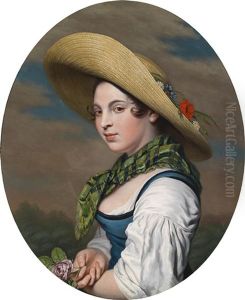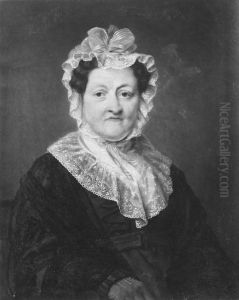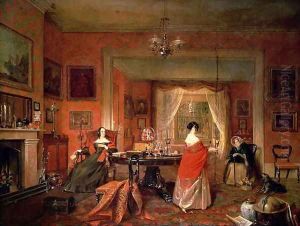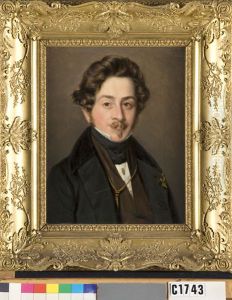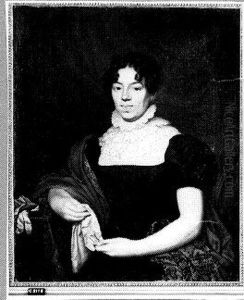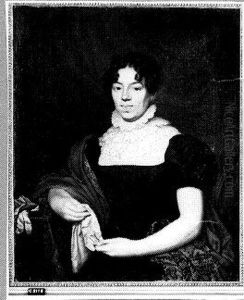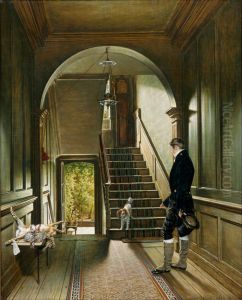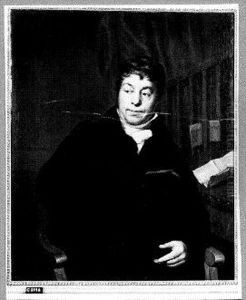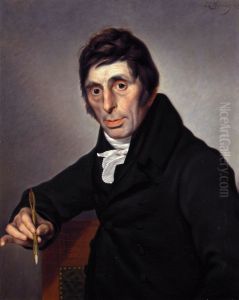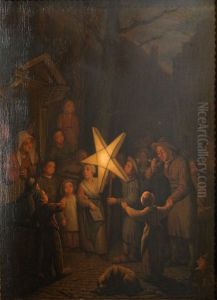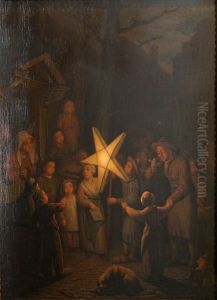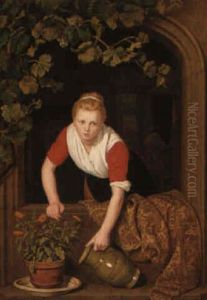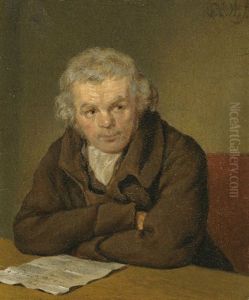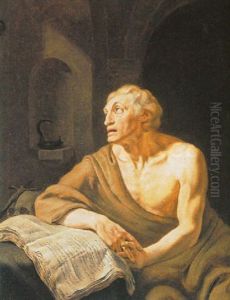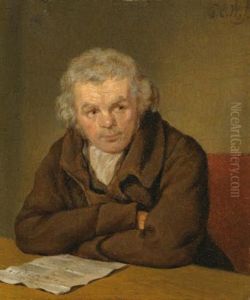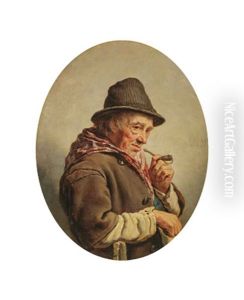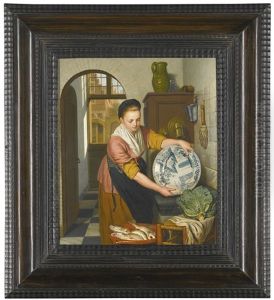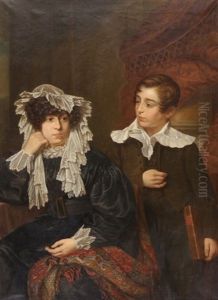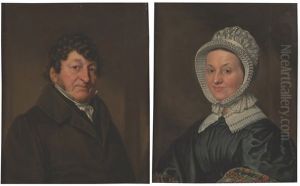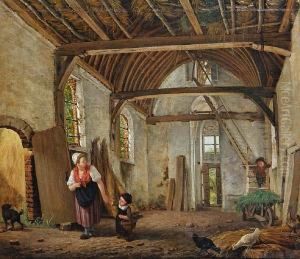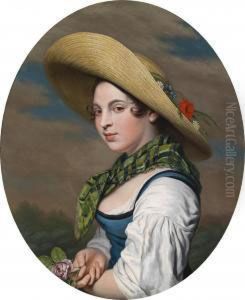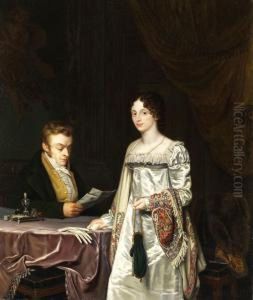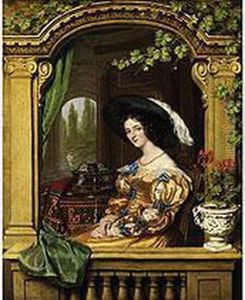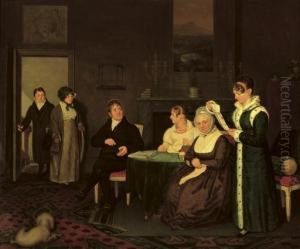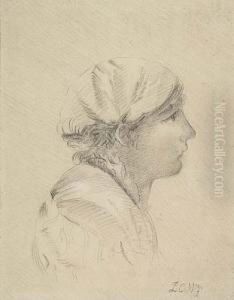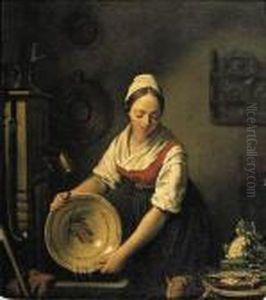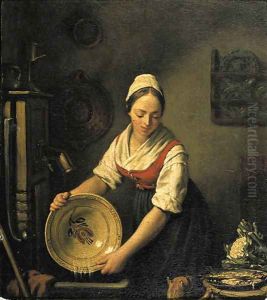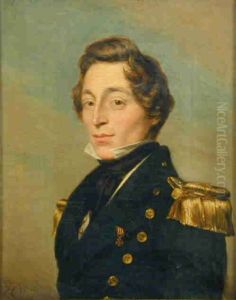Pieter Christoffel Wonder Paintings
Pieter Christoffel Wonder was a Dutch painter born on January 10, 1780, in Utrecht, the Netherlands. He demonstrated artistic talent early in his life and began his art education at the Utrecht drawing academy. His initial works were influenced by the 17th-century Dutch masters, and he was particularly drawn to the detailed and realistic styles of the Dutch Golden Age.
Wonder developed his skills and became known for his historical scenes, portraits, and genre paintings, which depicted everyday life with a keen eye for detail and a flair for drama. His style combined a fine sense of color and composition, which helped his work stand out from that of his contemporaries. In 1804, he won a gold medal for one of his historical paintings, which further established his reputation as a leading artist of his time.
In 1823, Wonder moved to London where he spent several years. During this period, he became acquainted with Sir Thomas Lawrence, a prominent English portrait painter, and was influenced by the British art scene. Wonder's work during this time displayed a fusion of Dutch painting traditions and the more modern British approach to portraiture.
In 1831, Wonder relocated to Italy, where he would remain for many years. The Italian landscape, the quality of light, and the rich artistic heritage of the country had a significant impact on his work. He painted Italian scenes and continued to produce portraits and historical paintings. His works from this period were well-received and contributed to the spread of Dutch artistic influence throughout Europe.
Wonder returned to the Netherlands in 1840 and continued to paint until his death in Utrecht on March 12, 1852. His body of work reflects a successful synthesis of Dutch and British artistic influences, and his paintings are characterized by their fine craftsmanship and the ability of the artist to capture the spirit of his time. Pieter Christoffel Wonder's contributions to Dutch art were recognized during his lifetime and he remains a respected figure in the history of European art.
